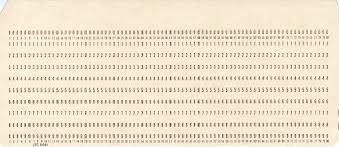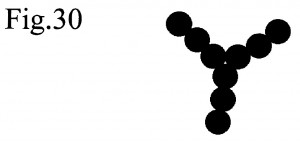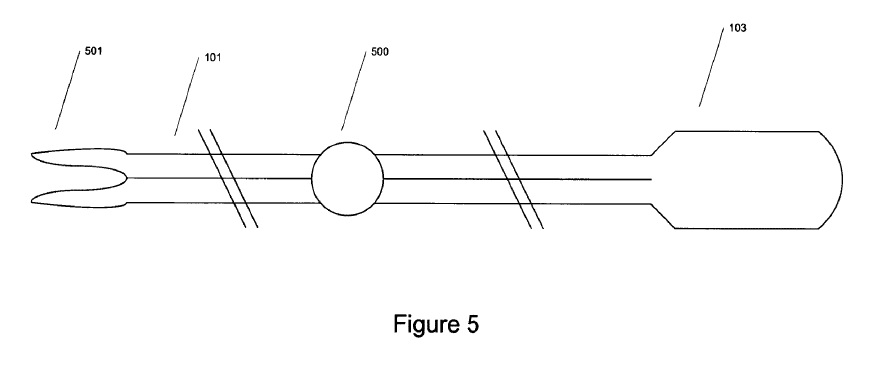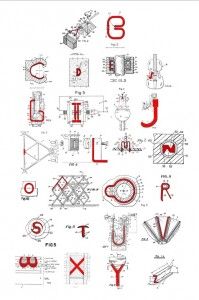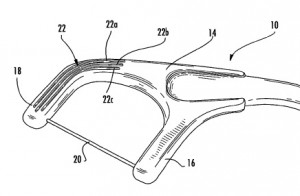In Wi-Lan, Inc. v. Apple Inc., [2014-1437, 2014-1485] (Fed. Cir. 2016), the Federal Circuit reversed the trial court’s JMOL determination of no invalidity of U.S. Patent No. RE37,802 because it was based on a post-verdict reconstruction of the claims.
The jury found the claims invalid, but on JMOL the trial court determined that, although its earlier construction of computing means does not specifically provide for a complex multiplier, a complex multiplier was nevertheless necessary because expert witnesses from both sides agreed that complex multiplies are part of the structure of a first computing means. Since it was undisputed that such complex multipliers are absent from the prior art, the trial court granted JMOL that the claims were not invalid.
The Federal Circuit agreed with Apple that the district court’s postverdict addition of a complex multiplier requirement was a new claim construction, which the district court may not issue at the JMOL stage. The Federal Circuit said that it is too late at the JMOL stage to argue for or adopt a new and more detailed interpretation of the claim language and test the jury verdict by that new and more detailed interpretation. At the JMOL stage, the question for the trial court is limited to whether substantial evidence supports the jury’s verdict under the issued construction.
The Federal Circuit rejected Wi-Lan’s argument that this was a permissible clarification, rather that impermissible reconstruction. The Federal Circuit said that a trial court may “adjust constructions post-trial if the court merely elaborates on a meaning inherent in the previous construction.” Clarification is permissible where it only makes plane what should have been obvious to the jury.
The Federal Circuit said that the district court’s JMOL of no invalidity was based on a reconstruction of the claims that went far beyond clarifying a meaning inherent in the construction or making plain what should have been obvious to the jury. Instead, the post-verdict reconstruction altered the scope of the original construction and undermined Apple’s invalidity case post-verdict.

